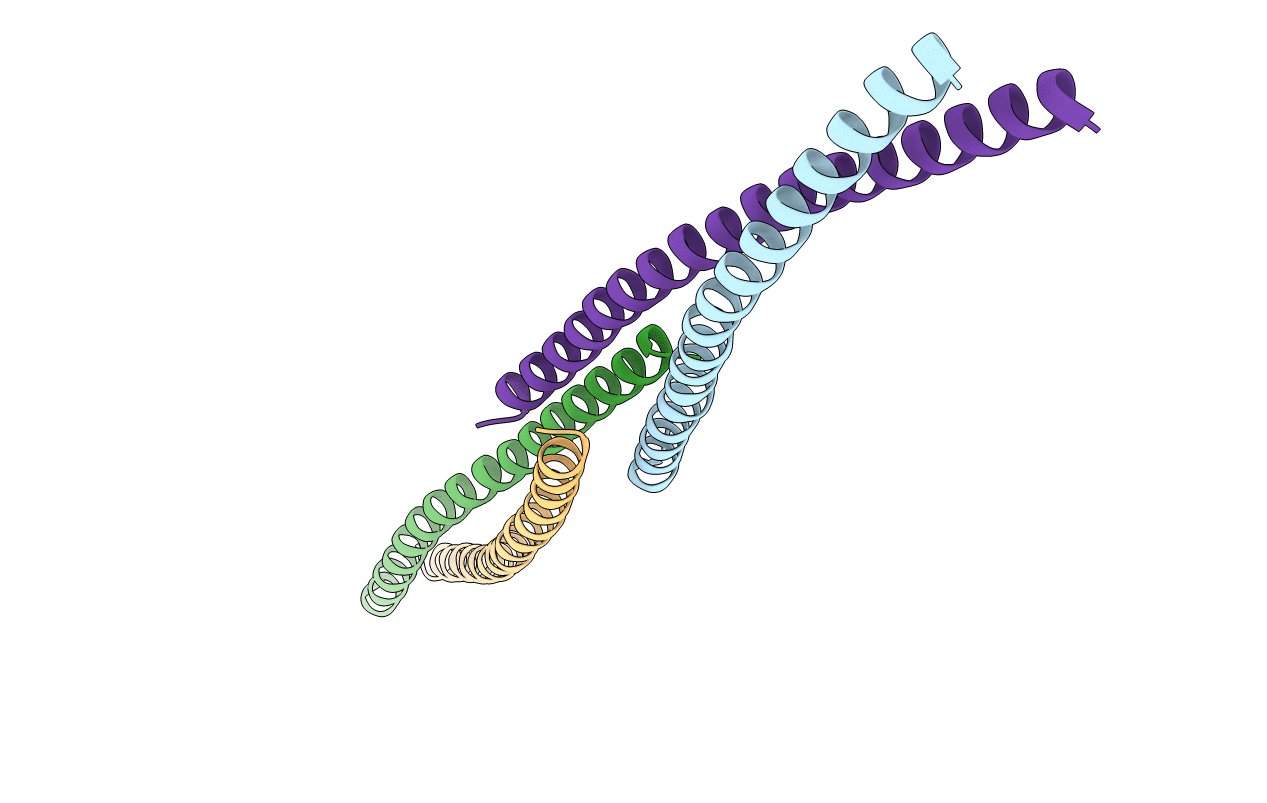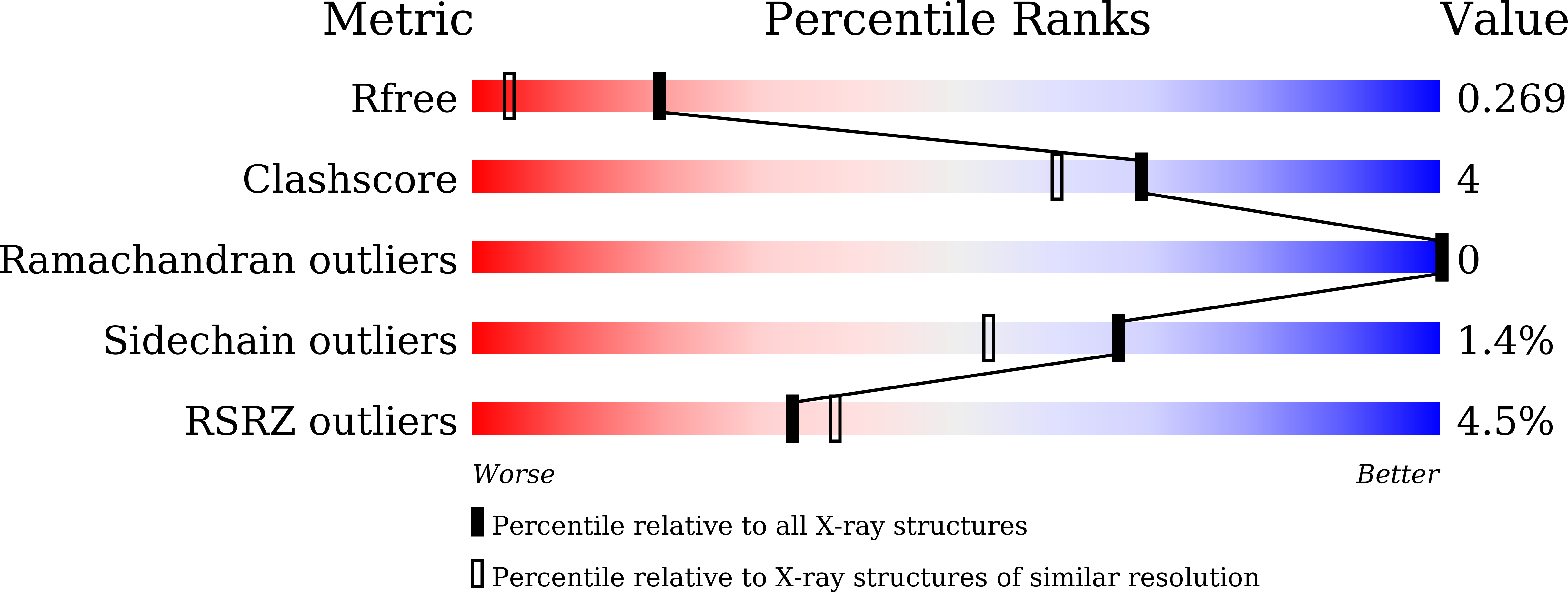
Deposition Date
2020-09-16
Release Date
2021-04-07
Last Version Date
2024-03-27
Method Details:
Experimental Method:
Resolution:
1.70 Å
R-Value Free:
0.26
R-Value Work:
0.23
R-Value Observed:
0.24
Space Group:
P 1 21 1


